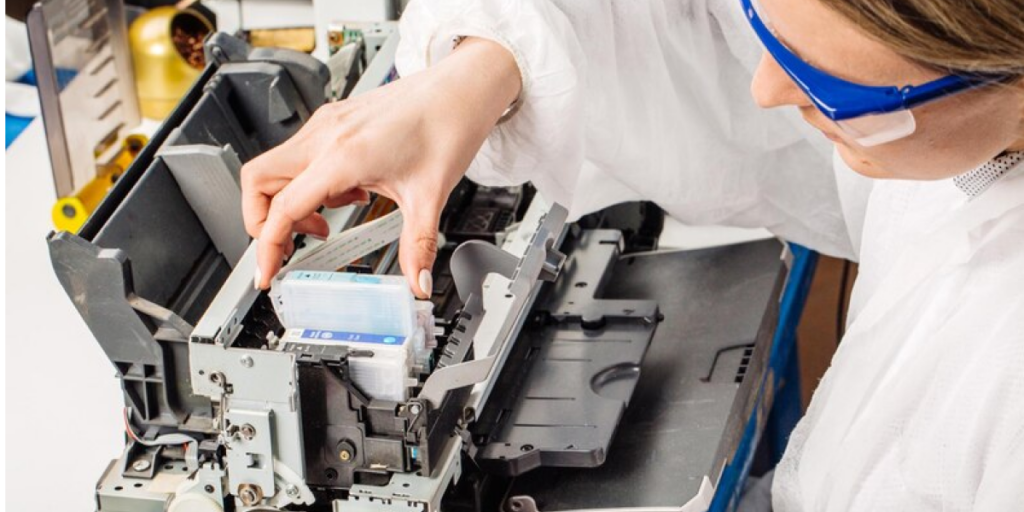In today’s healthcare landscape, where cutting-edge technology is crucial for accurate diagnostics and patient care, many hospitals and healthcare facilities are turning to refurbished medical equipment to bridge the gap between quality and affordability. However, buying refurbished medical equipment is not as simple as making an impulse purchase. It requires careful consideration and a systematic approach to ensure that the equipment meets the highest standards of quality and safety. In this blog, we’ll outline the essential steps to take before buying refurbished equipment for hospitals.
1. Identify Your Hospital’s Needs
Before diving into the refurbished equipment market, it’s essential to clearly identify your hospital’s specific needs. Consider the types of equipment required, the intended use, and any special features or specifications that may be necessary. Collaborate with your medical staff to understand their requirements, as they will be the primary users of the equipment.
2. Establish a Budget
Determine a budget for your refurbished equipment purchase. Refurbished equipment offers significant cost savings compared to new equipment, but it’s still essential to have a clear budget in mind to guide your decision-making process. This budget should not only cover the cost of the equipment but also associated expenses like installation, training, and ongoing maintenance.
3. Research Reliable Suppliers
Not all refurbished equipment suppliers are created equal. Research and identify reputable suppliers with a track record of providing high-quality, refurbished medical equipment. Look for suppliers that adhere to stringent quality assurance standards, provide warranty options, and offer responsive customer support.
4. Verify Regulatory Compliance
Ensure that the refurbished equipment you plan to purchase complies with regulatory standards and certifications. In the healthcare industry, safety and compliance are of utmost importance. Verify that the equipment has been inspected, tested, and refurbished in accordance with applicable regulations and standards.
5. Assess the Refurbishment Process
Request detailed information about the refurbishment process. A transparent supplier will be happy to provide you with insights into how they refurbish equipment. The process should include thorough cleaning, inspection, calibration, replacement of worn or outdated components, and rigorous testing to ensure the equipment’s functionality and safety.
6. Inquire About Equipment History
Ask for the equipment’s history, including its previous use and maintenance records. Knowing the equipment’s past can help you assess its reliability and durability. Equipment with a well-documented history is often a better choice.
7. Request a Warranty
Reputable suppliers typically offer warranties for their refurbished equipment. This warranty not only provides peace of mind but also serves as an assurance of the equipment’s quality. Review the terms and conditions of the warranty to understand what is covered and for how long.
8. Consider Installation and Training
Discuss the installation process and training options with the supplier. Proper installation is critical for the equipment’s performance, and training ensures that your hospital staff can use the equipment effectively and safely. Make sure these aspects are part of the purchase package.
9. Seek References and Testimonials
Don’t hesitate to ask the supplier for references or testimonials from other hospitals or healthcare facilities that have purchased equipment from them. Hearing about others’ experiences can provide valuable insights and build confidence in your decision.
10. Negotiate Terms and Delivery
Finally, negotiate the terms of the purchase, including payment options, delivery, and any additional services or support you may require. Ensure that everything is clearly documented in a contract to avoid any misunderstandings.
By following these steps, hospitals can make informed decisions when purchasing refurbished medical equipment. With careful research, verification, and collaboration with reputable suppliers, hospitals can enjoy the benefits of cost-effective, high-quality equipment that enhances patient care while maintaining a focus on safety and regulatory compliance.
